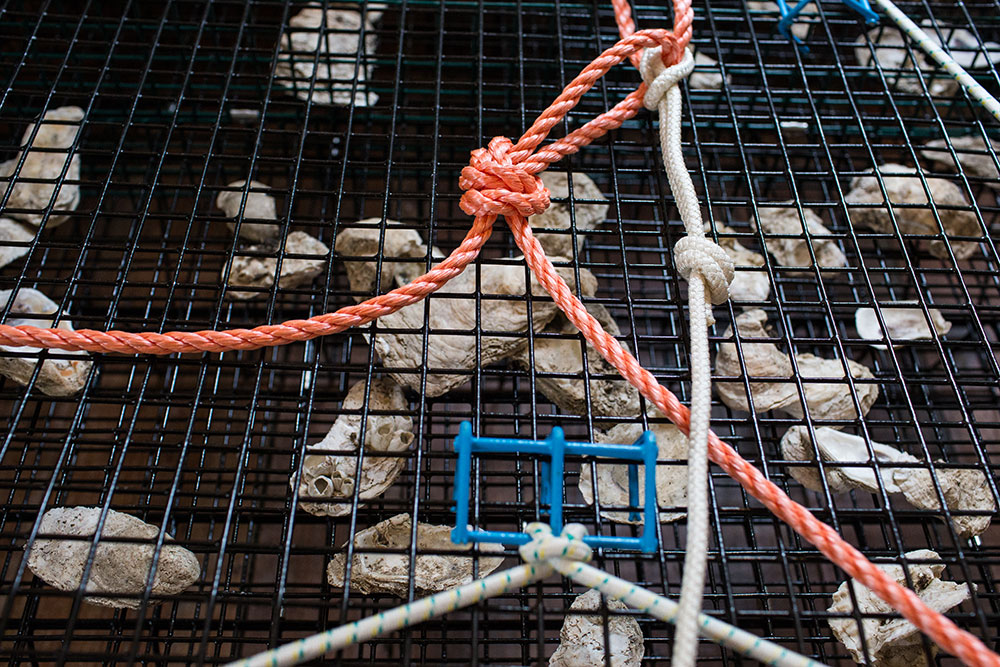Ever since European settlers first landed in Virginia, when oysters were so big that colonial residents said they had to be cut in half to eat, the oyster has been king.
Even before that, Native Americans counted the oyster as a primary component of their diet. The monstrous oyster middens, essentially trash pits of oyster shells, they left behind are testament to the importance of the bivalves to their existence.
We celebrate the history and importance of this bivalve with our “Oyster is King” exhibit. The oyster has a storied history in Virginia.
When settlers landed at Jamestown in 1607, they arrived at the onset of the worst drought in almost 800 years, one that would last for seven years.
Crops failed, wells dried up and the only benefit was that the Chesapeake Bay tributaries became saltier with the decrease of freshwater and oysters expanded their habitat right up to Jamestown.
 In 1609, the same year that Capt. John Smith nearly died from a stingray attack just west of Urbanna in the Deitaville area, Smith sent men to live on oyster banks for nine weeks so colonists at Jamestown Fort had more food. By then Smith was well-acquainted with oysters that lay as “thick as stones” in the bay and in some cases mounded up so high they proved to be navigational hazards.
In 1609, the same year that Capt. John Smith nearly died from a stingray attack just west of Urbanna in the Deitaville area, Smith sent men to live on oyster banks for nine weeks so colonists at Jamestown Fort had more food. By then Smith was well-acquainted with oysters that lay as “thick as stones” in the bay and in some cases mounded up so high they proved to be navigational hazards.
Our own “Oyster is King” exhibit traces the rise, fall and now rise again of this amazing bivalve that can filter upwards of 50 gallons of water a day; when colonial settlers arrived in the 1600s it is estimated that oysters filtered the entire bay within a week’s time.
In the 1890s, the harvest of oysters topped out at around 20 million bushels a year from the bay, before plummeting to 20,000 bushels a year 100 years later due to overharvesting, disease and pollution of the bay’s waters.
Our exhibit captures the significance of oysters to the Urbanna area and you’ll meet some of the families who made a name in the oyster business. Oysters are synonymous with Urbanna and we even have an annual event that celebrates our heritage in the Urbanna Oyster Festival, with the 59th edition scheduled for Nov. 4-5, 2016.
We invite you to linger in our “Oyster is King” exhibit, chock full of historic photographs, vintage tools and the products themselves — cans of oysters bearing the names of the families and companies that earned a good living on the bivalves.
It’s an exhibit like no other in a place of extraordinary historic importance.
For additional information and stories on Chesapeake Bay oysters, here are links to interesting articles, including a story in the New York Times about Middlesex County’s own oyster success story, the Croxtons of Rappahannock Oyster Company and their restaurant in nearby Topping, Merroir.
New York Times
http://www.nytimes.com/2014/03/26/dining/a-chesapeake-homecoming.html?_r=0
Oyster Company of Virginia
http://oysterva.com/oyster-history.html



